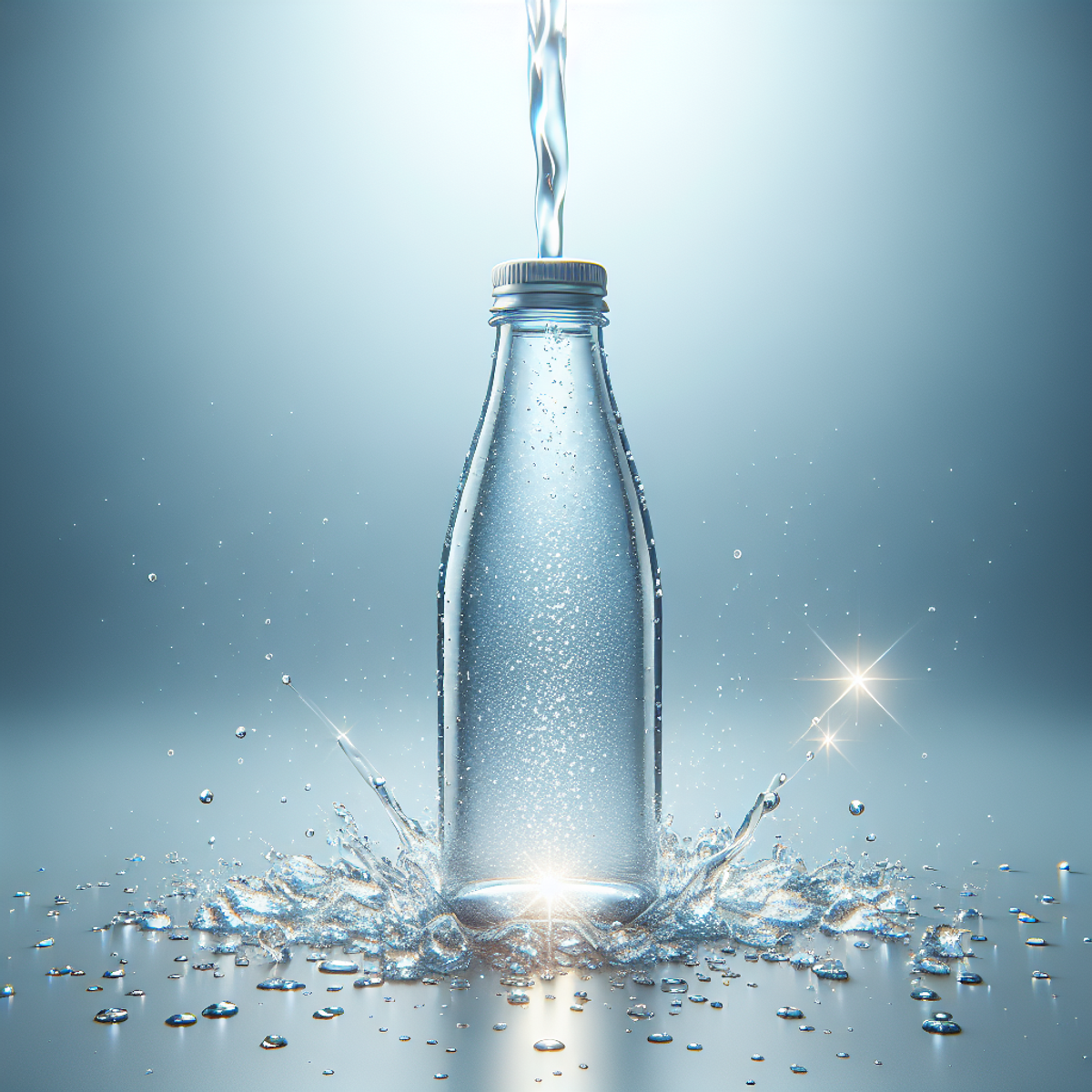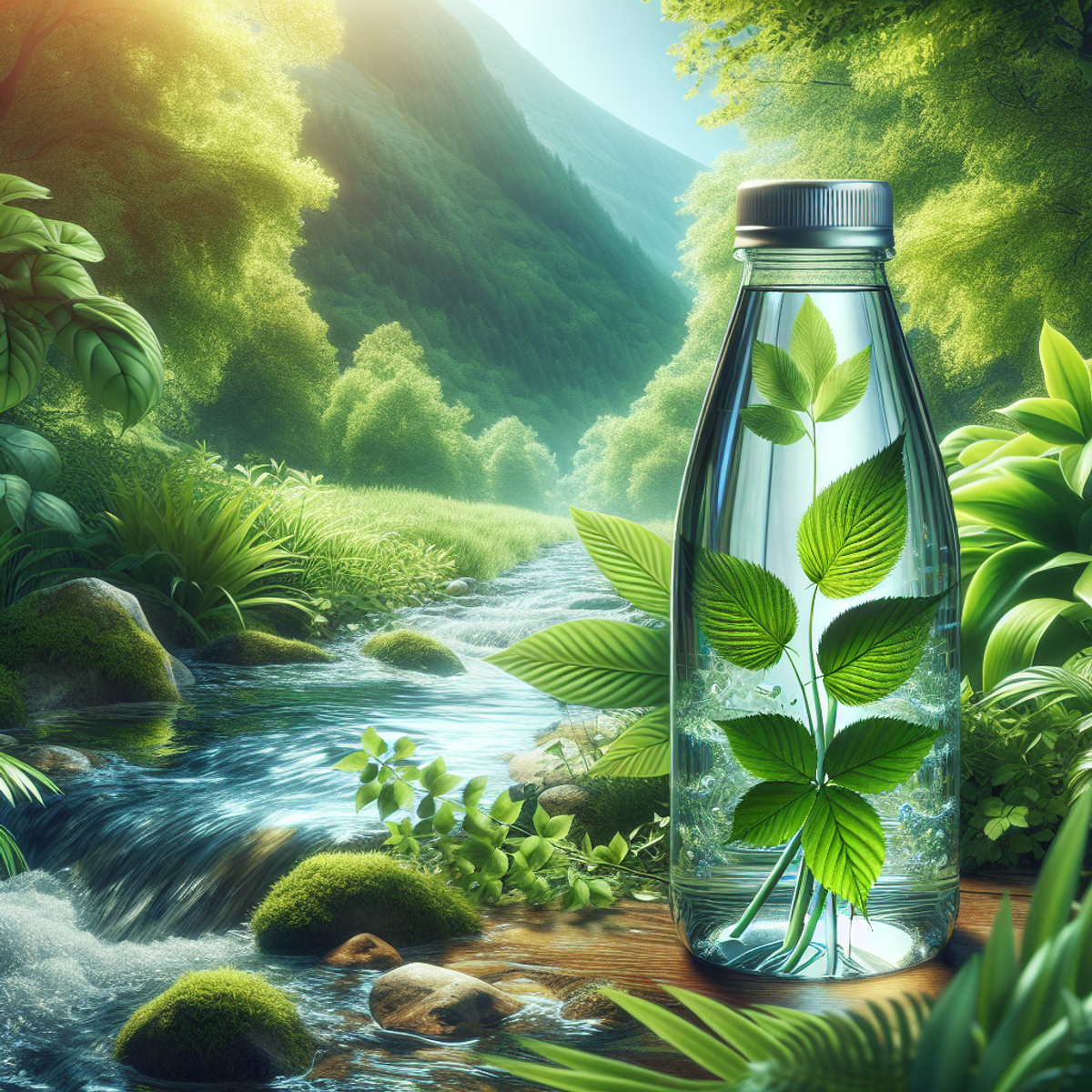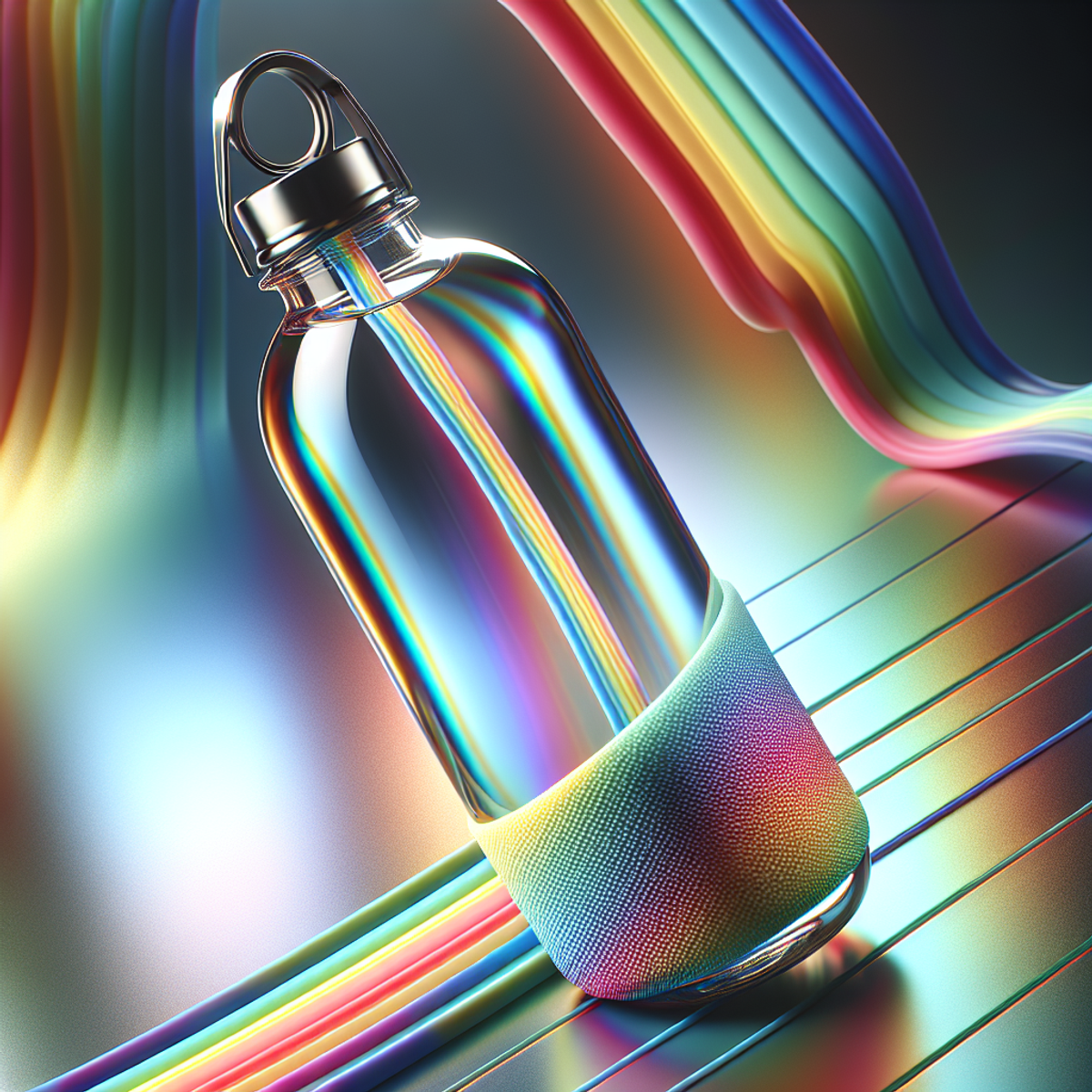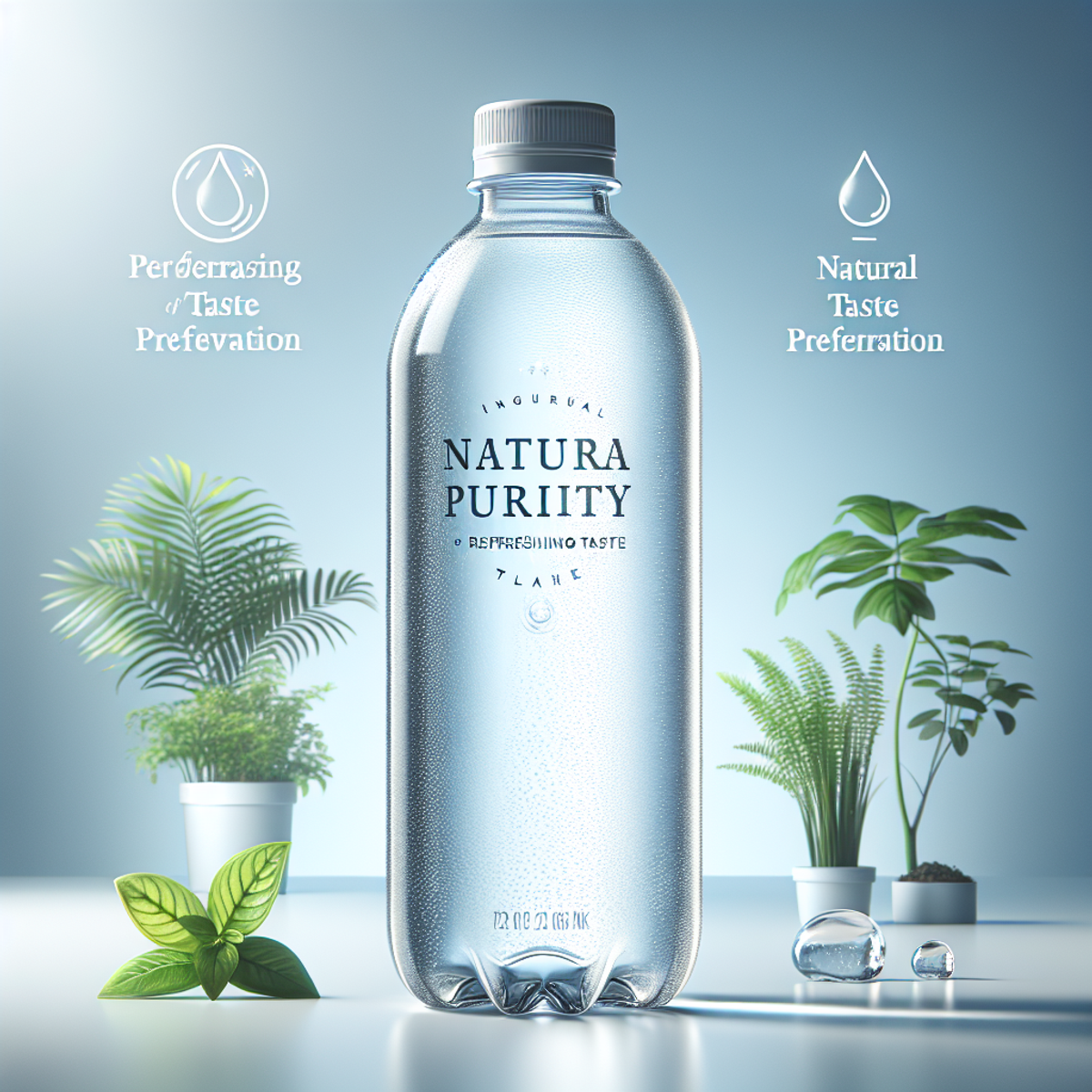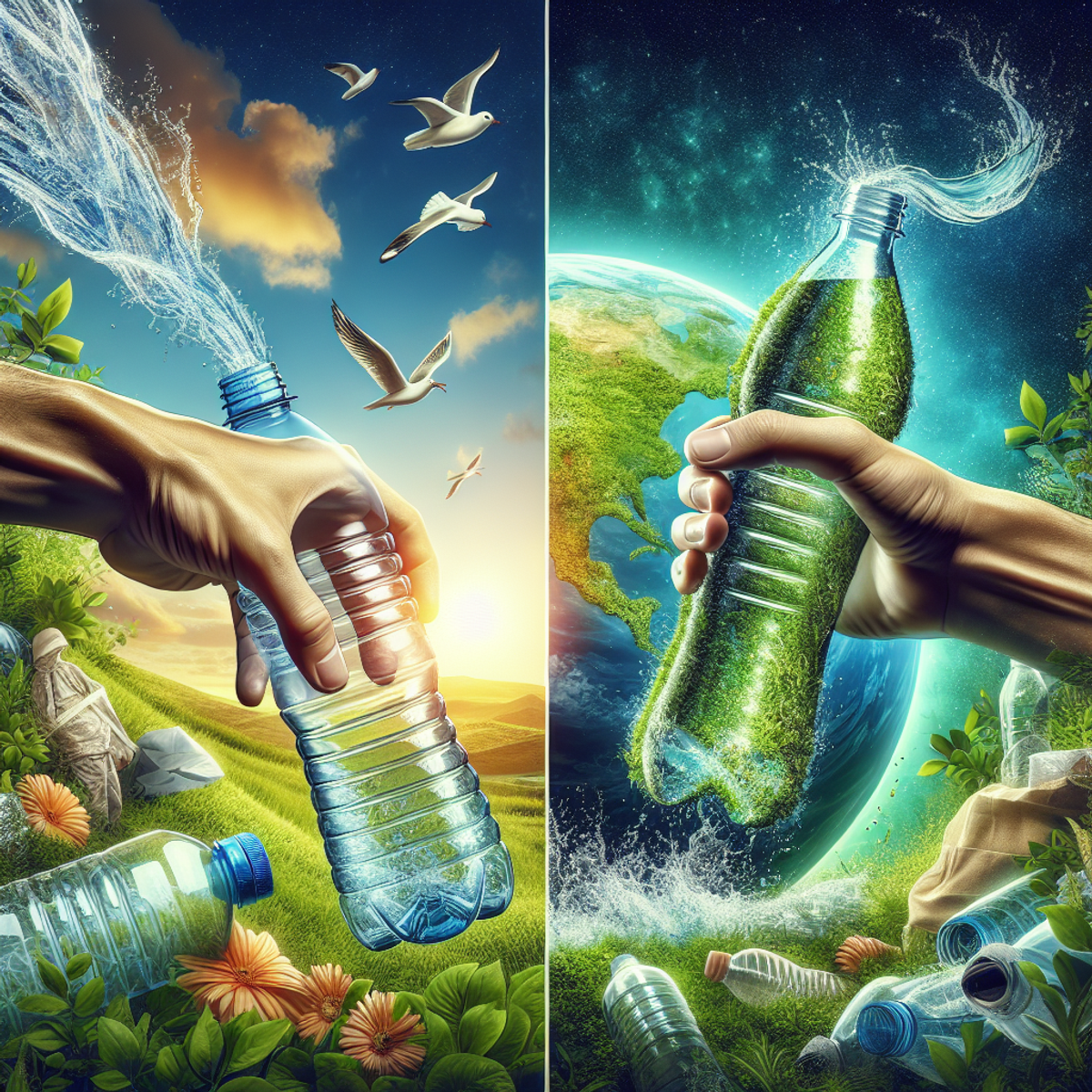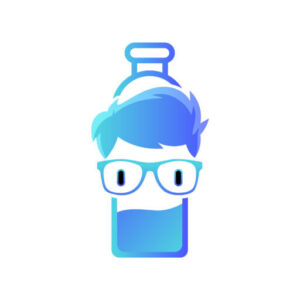Introduction
Hydration is essential for our health. It affects our brain function and muscle performance, making it more than just satisfying our thirst. Water is like a magical potion for our bodies, keeping everything in balance and ensuring we stay alive. But here’s the thing: not all water is safe to drink.
The issue of access to clean drinking water is a global problem that needs urgent attention. We need solutions that ensure the water we consume doesn’t contain harmful substances. Whether we’re at home or on the move, choosing options like the best glass water bottles can provide us with a safe and chemical-free way to stay hydrated.
While we enjoy our daily sips of water, it’s important to remember that there are still millions of people around the world who don’t have access to clean drinking water. This harsh reality should motivate us to take action – not only to protect our own health but also to work towards a future where everyone can enjoy this basic human right.
The Vital Role of Water in the Body
Water is not only important for staying hydrated, but it also plays a crucial role in our overall health. It affects both our physical functions and mental sharpness. In this section, we will explore why hydration is essential and why you should prioritize it for your well-being.
Body Functions and Mental Performance
Here are some key ways in which water supports our body functions and cognitive abilities:
- Regulates body temperature: Similar to how a thermostat controls the temperature in a room, water helps maintain our internal body temperature within a safe range, whether we are exercising or at rest.
- Lubricates joints: Water acts as a natural cushion for our joints, reducing friction and preventing them from wearing down over time.
- Transports nutrients and oxygen: Think of water as a delivery system for your body. It circulates essential nutrients and oxygen to cells and organs, ensuring they function properly.
- Flushes out waste: Our kidneys rely on water to eliminate waste products from our bodies through urine. Sufficient water intake helps keep our system clean and prevents issues like urinary tract infections.
The Benefits of Hydration
1. Digestive Health
Adequate water intake plays a crucial role in maintaining a healthy digestive system. It helps prevent constipation by keeping things moving smoothly in the gastrointestinal tract.
2. Skin Health
Proper hydration is key to having healthy skin. Imagine your skin as a plant – without enough water, it becomes dry and dull, making it more prone to wrinkles. On the other hand, with sufficient hydration, your skin appears plump and resilient.
3. Immune Function
Staying hydrated is essential for supporting your immune system. A well-hydrated body is better equipped to defend against harmful pathogens and illnesses.
Dehydration: Risks and Symptoms
Not drinking enough water can lead to dehydration, which can have varying degrees of severity. It is important to be aware of the signs of dehydration so that you can take action promptly:
- Mild Dehydration: Feeling thirsty, having a dry mouth, or experiencing fatigue are early warning signals from your body that it needs more water.
- Moderate Dehydration: If you start having headaches, feeling dizzy, or noticing a decrease in urine output, these are signs that your body is lacking adequate hydration and needs water urgently.
- Severe Dehydration: This is a critical situation that requires immediate attention. Symptoms such as a rapid heartbeat, sunken eyes, and fainting indicate severe dehydration and should not be ignored.
Understanding the risks and symptoms of dehydration empowers us to prioritize hydration in our daily lives and take steps to prevent it.
Addressing the Global Challenge: Ensuring Access to Safe Drinking Water
The quest for safe drinking water is a relentless global challenge. A staggering one-third of the world’s population faces the dire reality of a lack of access to clean water. The severity of this issue is not distributed evenly across the globe, with certain regions bearing an outsized burden. Sub-Saharan Africa, parts of Asia, and remote communities in Latin America often find themselves at the epicenter of this crisis.
Key Statistics and Affected Regions
- An estimated 2.2 billion people worldwide do not have access to safely managed drinking water services.
- In sub-Saharan Africa, only 24% of the population has access to safe drinking water.
- Asia sees a dichotomy; while some areas boast high-tech water purification systems, others, particularly rural areas, struggle with even basic access.
The ramifications extend far beyond thirst. Safe drinking water is intricately linked to public health and social development. Without it, the risk of diseases such as cholera, dysentery, and typhoid fever escalates dramatically.
Public Health Implications
- Contaminated water causes over 485,000 diarrheal deaths each year.
- The lack of clean water exacerbates malnutrition in children, impacting their growth and development.
Social development also takes a hit when communities spend countless hours collecting water rather than pursuing education or economic activities.
Social Development Challenges
- Women and girls often bear the responsibility for water collection, which can limit their opportunities for education and empowerment.
- Economic productivity is compromised when workers are ill due to waterborne diseases.
Despite the grim picture painted by these statistics, there are rays of hope piercing through. Numerous efforts aim to turn the tide on this pervasive issue.
Efforts and Initiatives
- Organizations like UNICEF and WHO collaborate with governments to improve water sources and sanitation facilities.
- Non-profits such as charity: water focus on direct action, funding sustainable projects like well drilling and rainwater catchments.
- Initiatives that involve local communities in planning and maintaining water infrastructure have shown promising results by ensuring longevity and sustainability in solutions provided. By harnessing collaboration between international agencies, governments, local organizations, and communities themselves, strides are being made toward universal access to safe drinking water.
From Contamination to Purity: Exploring Non-Toxic Approaches for Safe Drinking Water
Staying hydrated isn’t just about drinking enough water; it’s also about making sure that water is clean and safe. That’s where non-toxic drinking solutions come into play, striking a balance between quenching our thirst and safeguarding our health from waterborne contaminants.
Boiling water is one of the oldest tricks in the book. It’s simple: heat your water until it bubbles hard, and keep it rolling for a minute or two. This time-tested method is fantastic at killing bacteria, viruses, and parasites. But here’s the twist—boiling won’t get rid of heavy metals, chemicals, or other physical pollutants. So while it’s great in a pinch, boiling alone might not cut it for long-term health.
Let’s dive into some alternatives:
1. Water Disinfection
Chlorine and iodine are like the dynamic duo of disinfection. A few drops or tablets can make sketchy water drinkable by nixing most microorganisms. Chlorine has been a go-to for large-scale water treatment, while iodine is handy for personal emergency kits. They’re effective and widely used but remember – they have their limits too. Some pathogens can play tough, and then there’s the taste factor which might not be everyone’s cup of tea…or glass of water.
2. Water Filtration
For those who want to level up their purification game, advanced filtration methods are where it’s at! Think reverse osmosis—this high-tech option uses pressure to force water through semipermeable membranes, snatching away contaminants like a microscopic security guard. It’s thorough but can be pricey and requires maintenance.
But wait—there’s more than just these traditional methods!
3. Chemical Tablets for Water Purification
Picture this—you’re hiking in the backwoods or dealing with an emergency where tap water is just a dream. Enter purifying tablets: easy-to-carry, simple-to-use lifesavers that release cleansing agents into dubious H2O on the go. They’re compact, have a long shelf life, and get the job done without fuss.
By exploring these varied non-toxic drinking solutions, we’re arming ourselves against impurities without relying solely on boiling our way out of trouble. Whether you’re at home or on an adventure, understanding these options is key to staying hydrated and healthy.
Balancing Health and Sustainability: The Quest for Long-Term Solutions
When it comes to clean drinking water, we need to think beyond immediate satisfaction and focus on finding solutions that will benefit us for years to come without causing harm to the Earth. Sustainable water management involves considering the broader implications of our actions and understanding how they can impact the environment in the long run.
1. Energy and Waste Implications
One crucial aspect of sustainable water management is recognizing the energy and waste implications associated with different purification methods:
- Traditional systems often consume large amounts of energy, contributing to higher carbon emissions.
- Additionally, these systems can generate waste through the use of filters and chemicals, posing challenges for proper disposal and potentially leading to environmental pollution.
2. Innovative Technologies
To address these concerns, innovative technologies are being developed that offer more sustainable alternatives:
- Solar-powered Filtration Systems: By harnessing the sun’s energy, these systems reduce reliance on fossil fuels and minimize carbon emissions.
- Biodegradable Water Treatment Materials: Researchers are exploring the use of materials that naturally break down over time without leaving harmful residues behind, addressing the issue of long-term waste.
3. Integrated Water Resource Management
Another critical approach is adopting integrated water resource management practices that prioritize both human health and ecosystem well-being:
- Instead of focusing solely on treating water when it reaches our taps, we should consider the entire water cycle—from its source to its eventual return to nature.
- This approach requires collaboration among various stakeholders such as governments, communities, and businesses to ensure responsible water usage that doesn’t compromise future generations’ needs.
By combining efforts to meet our health requirements with responsible environmental practices, we can tackle current water challenges while also safeguarding our future. Achieving this balance necessitates creativity and a shared dedication to sustainable water management and minimizing our environmental footprint.
Empowering Change: Promoting Hydration and Non-Toxic Practices in Your Community
Taking charge in your local area begins with everyday actions and spreading the word about the critical role of hydration. Promoting safe drinking water isn’t just a call for better health; it’s a step towards empowering communities to thrive.
How can you make a difference?
- Get Vocal About H2O: Start conversations, host workshops, or even use social media to educate friends and neighbors on why staying hydrated is key to maintaining good health. Share knowledge on how non-toxic drinking solutions can make a difference.
- Support Water Projects: Encourage support for initiatives that focus on upgrading local water systems. This could be through fundraising, volunteering, or lobbying for infrastructure development that ensures everyone has access to safe, clean water.
- Reduce Plastic Waste: Advocate for reducing single-use plastics by:
- Switching to reusable water bottles
- Using public water refill stations available in parks, schools, and workplaces
- Encouraging local businesses to offer water refills
By incorporating these simple practices into daily life and championing community engagement, the message of safe and sustainable hydration spreads far and wide. And remember, small ripples can create big waves—each individual effort contributes to the collective impact on ensuring access to clean, non-toxic drinking water for all.
Conclusion
Hydration is not just a personal health goal but a global imperative. Access to safe drinking water is crucial for both individual well-being and overall societal health. Every sip of water has an impact on our body’s intricate systems and our mental clarity. Likewise, every person who can enjoy clean water brings us closer to fairness and better living conditions worldwide.
Take action to promote hydration and safe drinking options. Your voice has the power to make a difference, whether it’s in your local neighborhood or on a global scale. By leading the way in your community, you are part of the larger movement needed to create significant change.
- Spread awareness as a community leader — Share information about the importance of staying hydrated.
- Support initiatives — Advocate for projects that improve water infrastructure.
- Encourage sustainable habits — Promote the use of reusable bottles and the availability of water refill stations.
Imagine a world where clean, safe drinking water is not a luxury but a basic necessity. Together, we can work towards a healthier future for everyone. Let’s turn the vision of universal access to safe hydration into reality—one community at a time.


